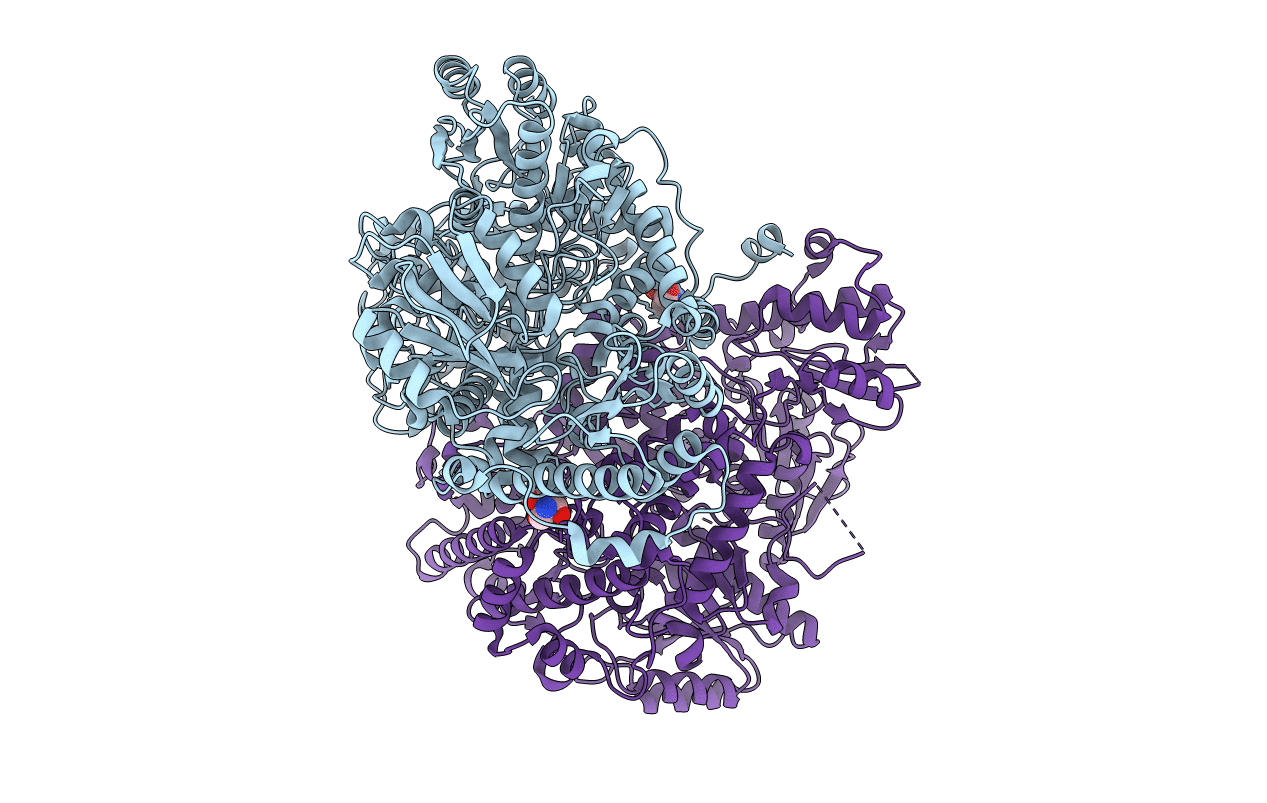
Deposition Date
2013-06-28
Release Date
2013-10-16
Last Version Date
2024-11-20
Entry Detail
PDB ID:
4LGL
Keywords:
Title:
Crystal Structure of Glycine Decarboxylase P-protein from Synechocystis sp. PCC 6803, apo form
Biological Source:
Source Organism:
Synechocystis sp. (Taxon ID: 1111708)
Host Organism:
Method Details:
Experimental Method:
Resolution:
2.00 Å
R-Value Free:
0.19
R-Value Work:
0.16
R-Value Observed:
0.16
Space Group:
P 21 21 21


